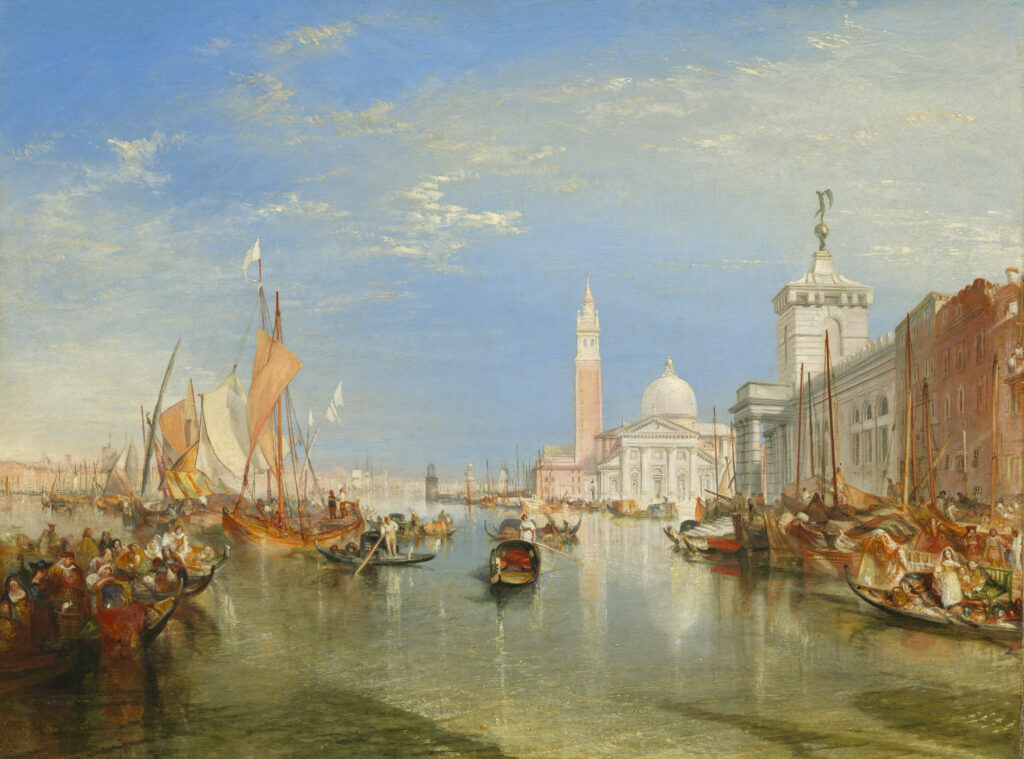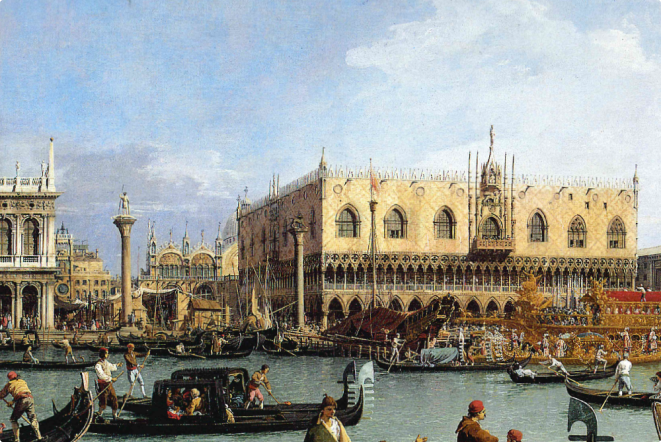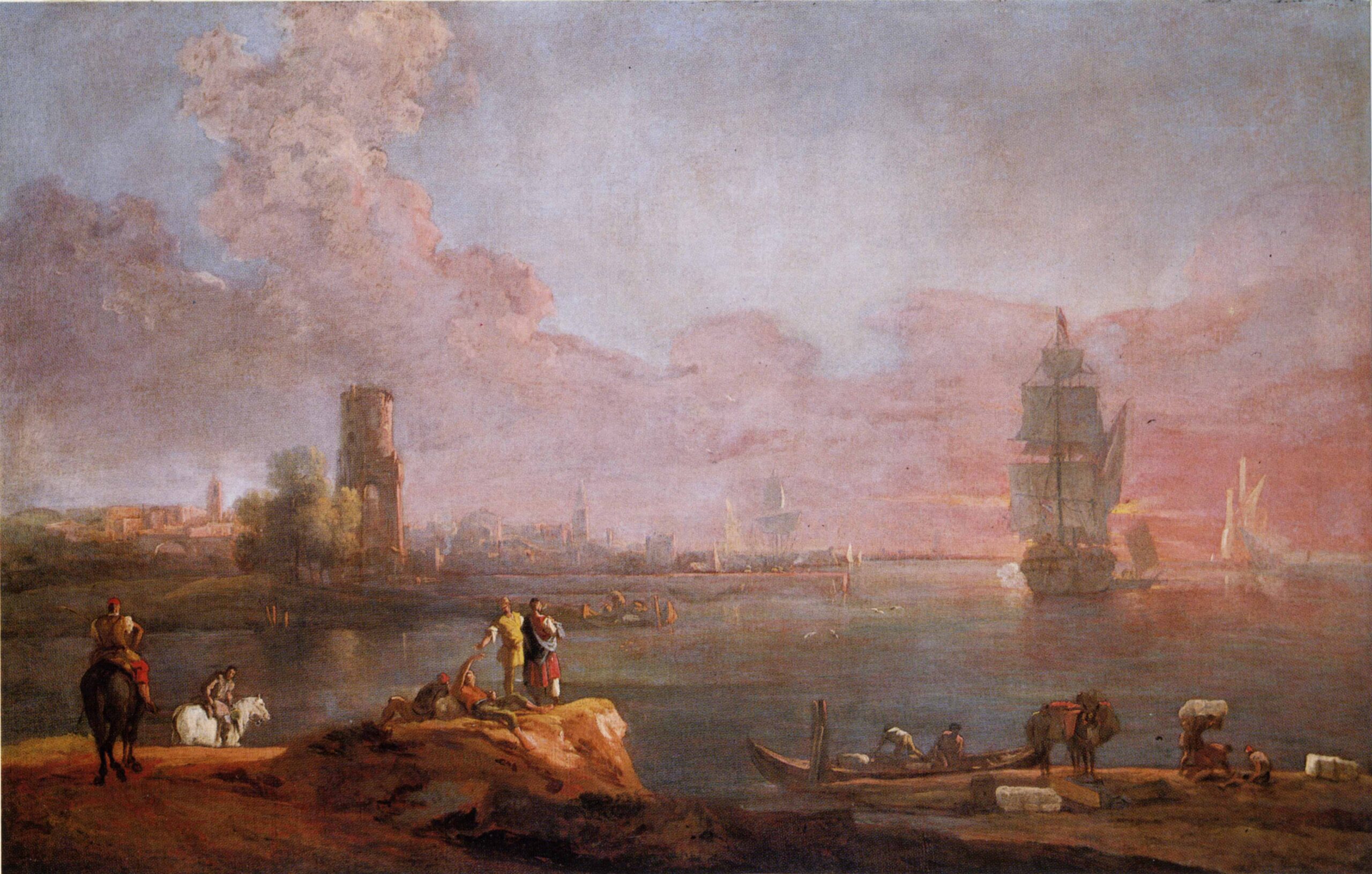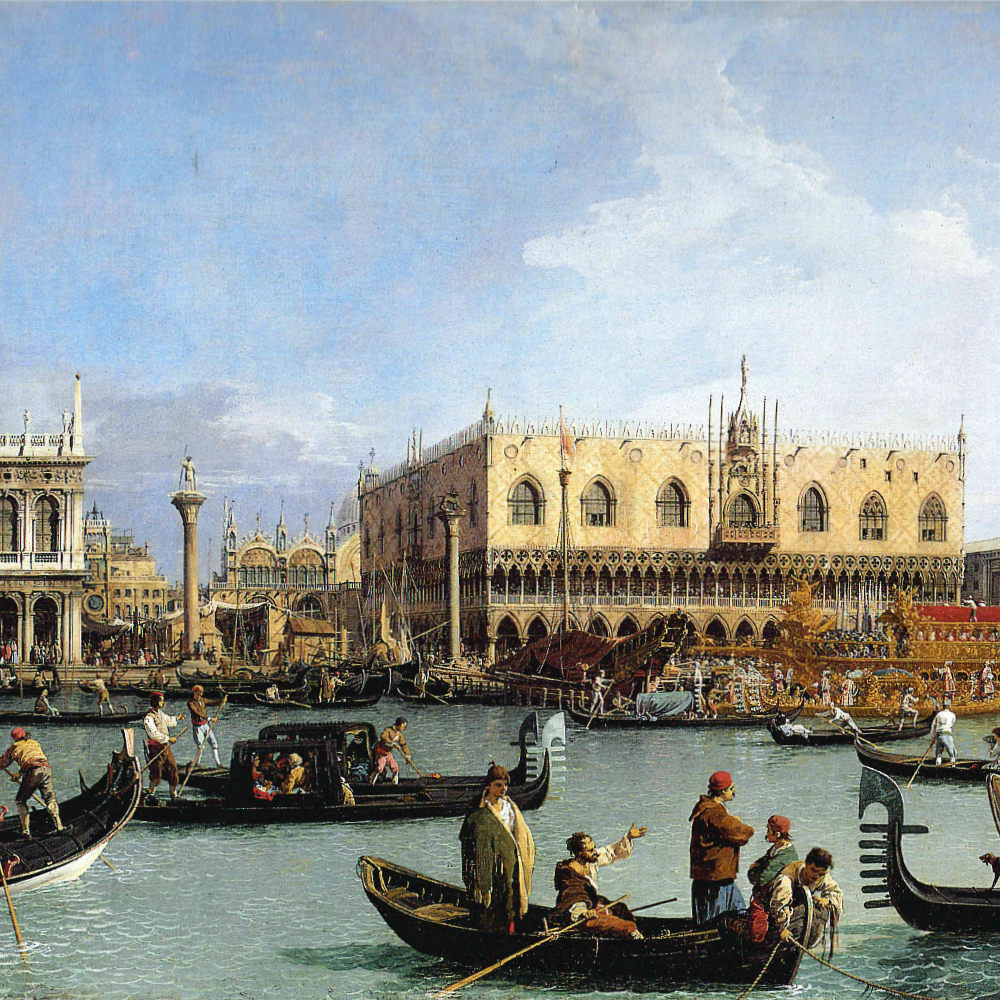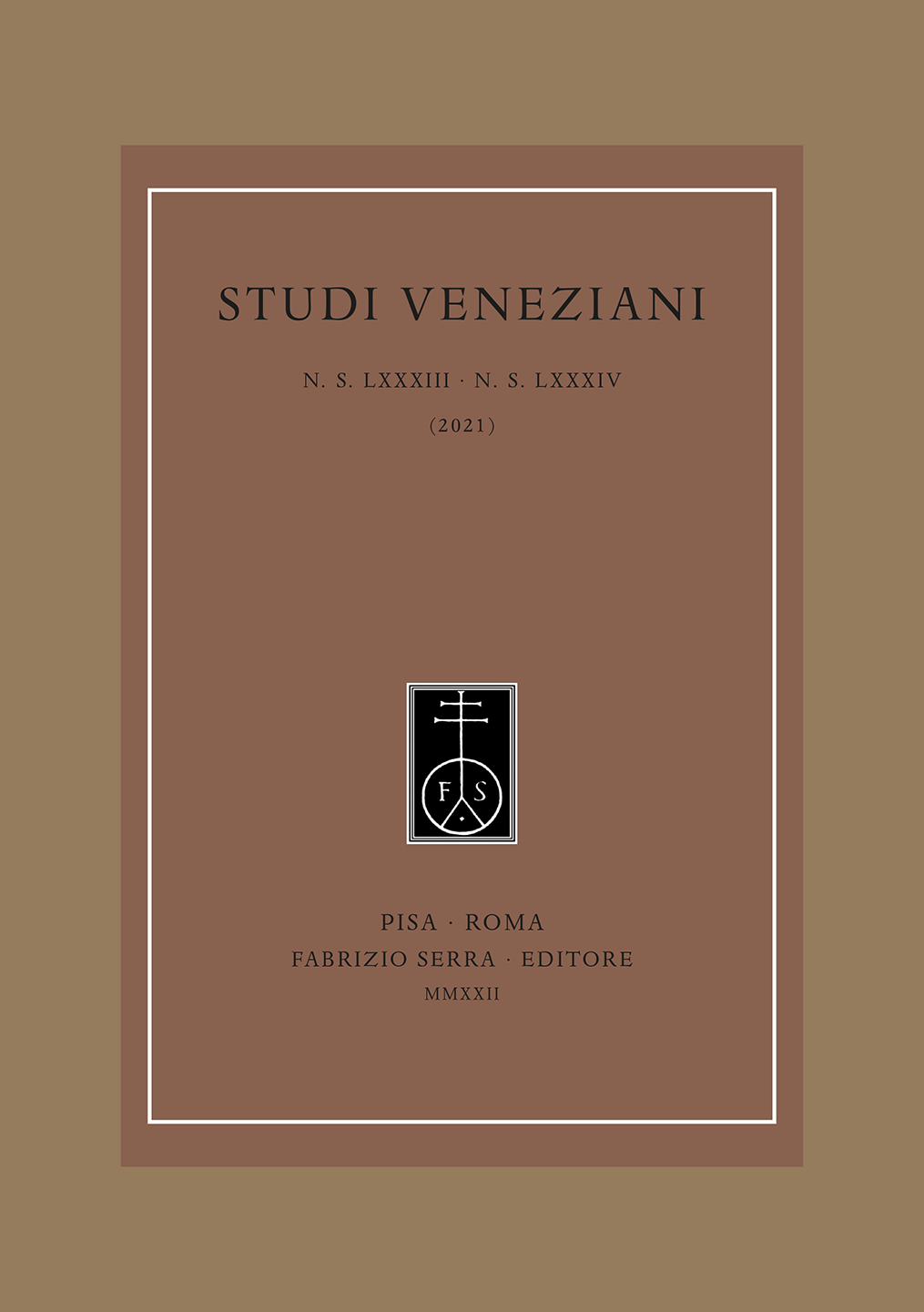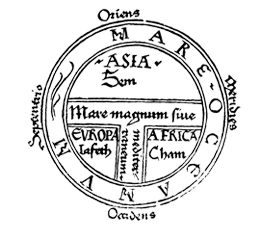Studies
• Ermanno Orlando, From Openness To Restriction. Mixed Marriages Between Greek And Latin Christians In Late Medieval Venice
• Francesco Bettarini, L’investitura notarile imperiali auctoritate a Venezia alla fine del Medioevo. Un paradosso guridico?
• Mario Bulgarelli, I Foscari alla borsa di Londra e Bruges (1463-1496)
• Robert G. Finlay, Noble lies: myth and reality in Gasparo Contarini’s Venice
• Franco De Checchi, Nicolò Aurelio Cancelliere grande della Repubblica di Venezia
• Cosimo Pantaleoni, I galeotti dello Stato da Mar veneziano tra sussistenza e crimine alla fine del XVI secolo: rapina ed economia sotterranea tramite i processi delle Cariche da Mar
• Gino Benzoni, Venezia: realtà che si fa mito
• Alessandro Cont, Il sistema delle nobiltà nell’area padano-veneto-friulana (1659-1714)
• Paolo Alberto Rismondo, I baroni romani Orsini e Venezia, Cesare Zoilo, il «Cavalier Tedeschi», e l’accademia Filarmonica di Verona
• Valeria Chilese – Marcella Lorenzini, Tenore di vita di una famiglia nobile veneta: Del Bene (XIX secolo)
Notes and Documents
• Denise-Chloe Alevizou, A source of the Codex Marcianus Graecus VII 22 (1466) miniature illustrations by Georgios Klontzas
• Antonella Barzazi, Gaetano Cozzi e le declinazioni di un trinomio: cultura, politica, religione
• Giuseppe Trebbi, Chiesa e Stato a Venezia nelle opere di Gaetano Cozzi e nella storiografia più recente
• Lorenzo Tomasin, Gianfranco Folena. Incontri di culture e lingue alla Fondazione Giorgio Cini
Reviews
• Antonio Lazzarini, Alberi da matadura per le navi di venezia. la vizza di san marco o bosco di somadida (M. Pitteri)
• Come la marea. Successi e sconfitte durante il dogado de Leonardo Loredan (1501-1521) a cura di Donatella Calabi, Giuseppe Gullino, Gherardo Ortalli (J.-Cl. Hocquet)
• Font cipriote per la caduta di Famagosta a cura di P. Kitromilidis (A. Tzavara)
• Gherardo Ortalli, Venezia inventata. Verità e leggenda della Serenissima (E. Ivetic)
• Renard Gluzman, Venetian Shipping. From the Days of Glory to Decline, 1453-1571 (E. Ivetic)
• Bernardo Sagredo, Lepanto prima e dopo la battaglia 1570-1573, a cura di V. Venturini e M. Zorzi (E. Ivetic)
• Géraud Poumarède, L’Empire de Venise et les Turcs, XVIe-XVIIe siècles (E. Ivetic)
• Cristina Setti, Una repubblica per ogni porto. Venezia e lo Stato da Mar negli itinerari dei Sindici inquisitori in Levante (secoli XVI-XVII) (E. Ivetic)
• Marco Pellegrini, Venezia e la Terraferma (E. Ivetic)
• Popular Politics in an Aristocratic Republic. Political Conflict and Social Contestation in Late Medieval and Early Modern Venice, eds M. van Gelder and C. Judde de Larivière (E. Ivetic)
• Maud Harivel, Les élections politiques dans la République de Venise (XVIe-XVIIIe siècle). Entre justice distributive et corruption (E. Ivetic)

